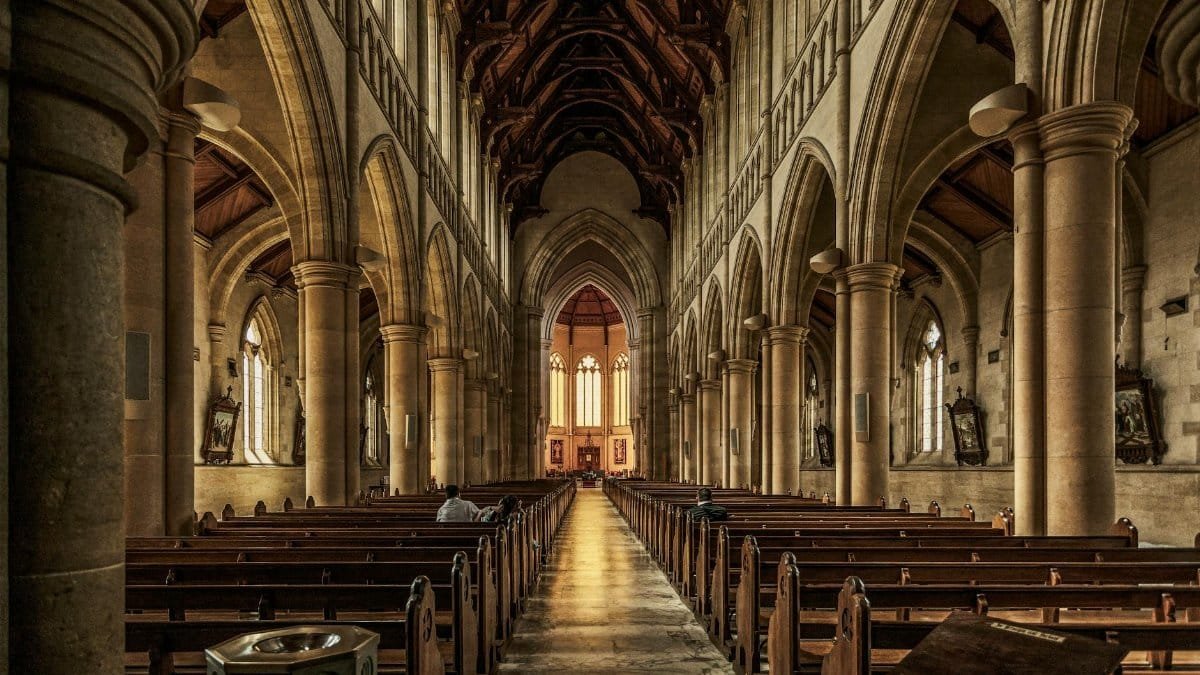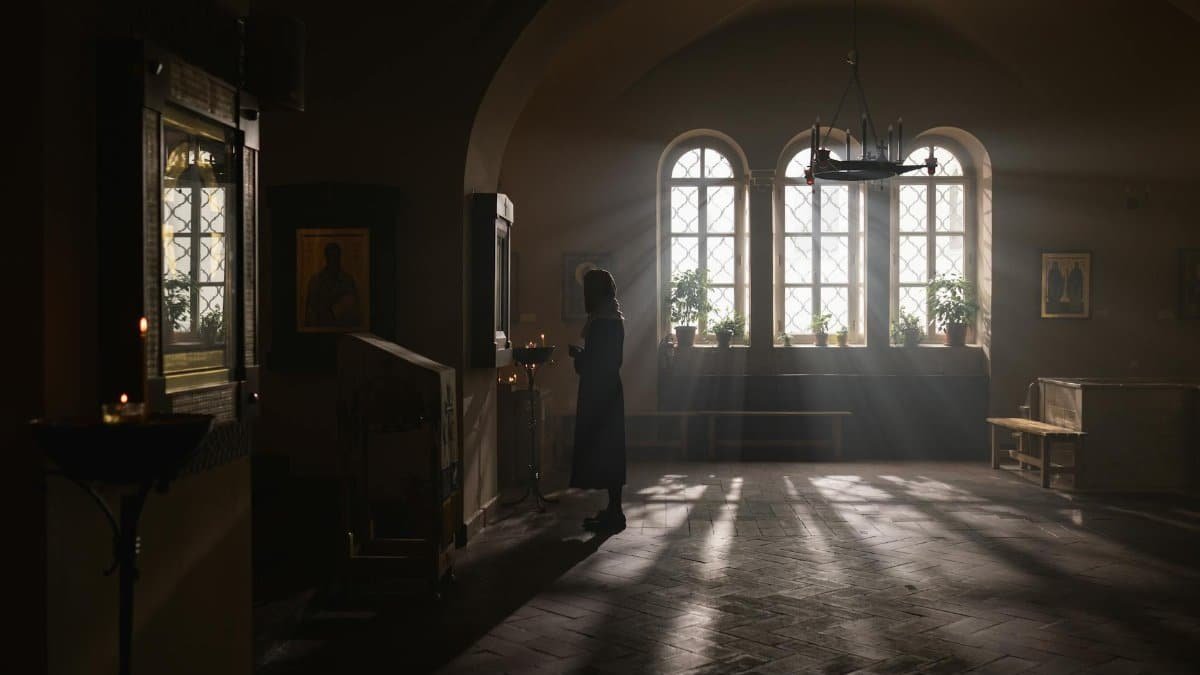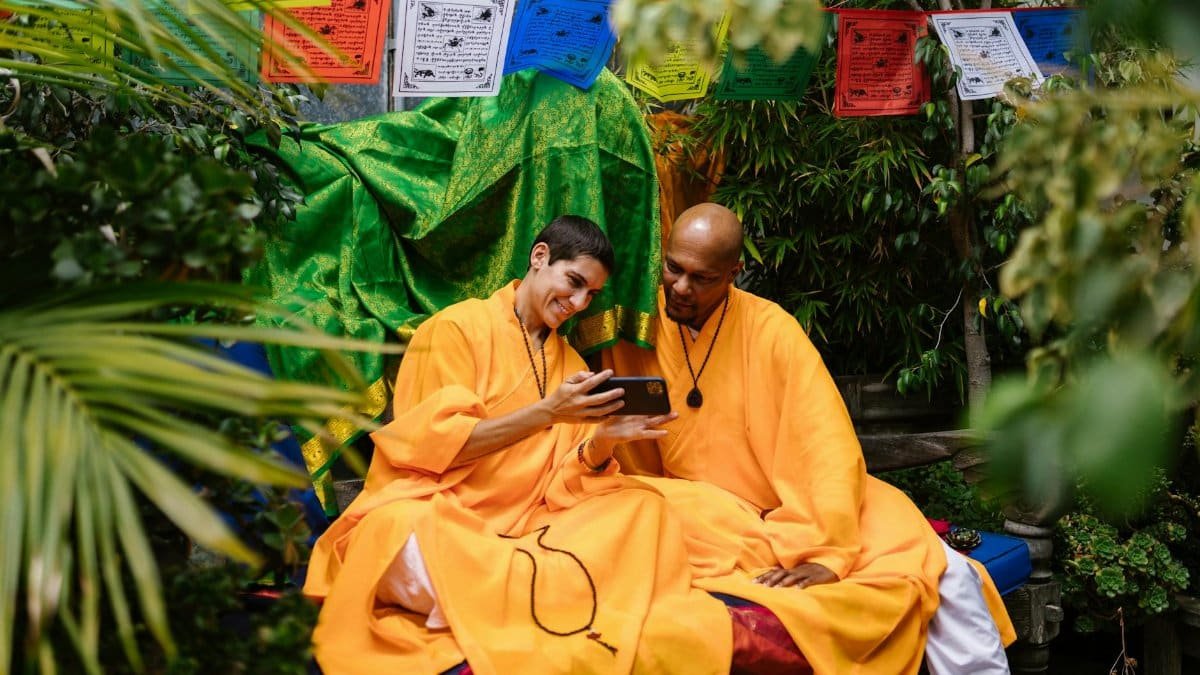Imagine stepping into a vast, echoing space where stained glass windows cast colorful patterns on the floor, but instead of pews, there are yoga mats neatly aligned. This is the reality in a growing number of communities across the U.S., where abandoned churches are finding new life as church yoga spaces. In cities from Detroit to Denver, these sacred structures—once left to decay as congregations dwindled—are being transformed into sanctuaries of a different kind. The trend speaks to a broader cultural shift, one where spirituality and wellness increasingly intersect. It’s not just about saving old buildings; it’s about reimagining what sacred space means in 2025. These conversions offer a unique blend of history and mindfulness, inviting practitioners to stretch and breathe amid soaring arches and quiet reverence. How did this movement start, and what does it reveal about our evolving needs?
1. A Historic Shift: From Pews to Poses

For centuries, churches stood as cornerstones of American communities, places of worship and gathering. But as attendance has declined— Pew Research notes a steady drop in religious affiliation since the early 2000s—many of these buildings have been abandoned. Enter a wave of adaptive reuse, where developers and yoga enthusiasts see potential in the high ceilings and open floors. In places like Pittsburgh, old cathedrals are no longer silent; they hum with the soft chants of “om” during morning classes. This shift isn’t just practical. It carries a symbolic weight, merging the spiritual echoes of the past with a modern quest for inner peace. The result? Spaces that feel both timeless and timely, offering a bridge between history and healing.
2. The Architectural Allure of Church Yoga Spaces

Why churches, of all buildings, for yoga studios? The answer lies in their design. Gothic arches and vaulted ceilings create a sense of expansiveness, perfect for fostering mindfulness. Natural light pours through intricate windows, bathing practitioners in a serene glow. In a converted church in Chicago, one instructor described the space as “a living meditation—every beam and brick feels alive.” These elements aren’t just aesthetic; they enhance the practice. Studies from National Institutes of Health suggest that environment plays a key role in reducing stress during physical activity. Churches, with their inherent quiet and grandeur, naturally amplify this effect. They’re not just studios; they’re sanctuaries in the truest sense, offering a rare escape from the noise of daily life.
3. Community Revival Through Shared Practice

Beyond architecture, these church yoga spaces are breathing life back into neighborhoods. When a historic church in Cleveland was slated for demolition, a local yoga collective stepped in, crowdfunding the purchase. Now, it hosts not just classes but community events—think meditation workshops and wellness talks. This mirrors a broader trend: NPR reports that while traditional religion wanes, Americans still crave communal connection. These spaces fill that gap, drawing diverse groups who might never have crossed paths otherwise. Mats side by side, strangers become neighbors. It’s a quiet revolution, one downward dog at a time, rebuilding community in places once thought lost.
4. Balancing Reverence and Reinvention

Not everyone cheers this transformation. Some see converting churches into yoga studios as a desecration of sacred ground. In a small town in Missouri, a proposal to turn a 19th-century chapel into a wellness center sparked heated town hall debates. “It’s not just a building; it’s our history,” one resident argued. Yet others counter that preservation through reinvention is better than letting these structures crumble. The tension highlights a deeper question: How do we honor the past while adapting to the present? Successful church yoga spaces often navigate this by retaining original features—altars become focal points for meditation, or pews are repurposed as seating for workshops. It’s a delicate dance, blending respect with renewal, ensuring the spirit of the space endures in a new form.
5. The Spiritual Synergy of Place and Practice

There’s something uniquely powerful about practicing yoga in a space built for contemplation. Yoga, with its roots in spiritual discipline, aligns with the original purpose of churches as places of reflection. In a converted chapel in San Francisco, participants often linger after class, sitting silently in the nave, absorbing the stillness. Research from Harvard University underscores the mental health benefits of mindfulness in sacred or historic settings, noting increased feelings of connection and calm. For many, these church yoga spaces aren’t just venues; they’re conduits for something deeper. They merge physical movement with an almost palpable sense of the divine, whatever form that takes for each individual. It’s less about religion and more about resonance.
6. Economic Realities Behind the Conversions

Turning a church into a yoga studio isn’t cheap—or simple. Many of these buildings, often over a century old, require extensive renovations for safety and accessibility. Costs can soar into the millions, from updating plumbing to reinforcing crumbling foundations. Yet, the investment often pays off. Urban developers note that such unique spaces attract a steady clientele willing to pay premium rates for classes in an unforgettable setting. In Detroit, one studio owner shared that their church-turned-studio broke even within two years, fueled by community support and curiosity. Still, it’s a gamble. Without grants or local backing, many projects stall. The economic tightrope reflects a broader challenge: balancing passion for preservation with the hard realities of funding a vision.
7. Personal Stories Echoing Through the Halls

Walk into any of these transformed spaces, and you’ll hear whispers of personal transformation too. In a former Methodist church in Austin, a regular attendee recalled their first class under the towering stained glass. “I’d been struggling with anxiety for years,” they shared anonymously in a public forum. “But breathing in that space, surrounded by so much history, I felt grounded for the first time in ages.” Such stories aren’t rare. These church yoga spaces often become more than just places to exercise; they’re havens for healing. Instructors report seeing students open up after sessions, sharing burdens in a way that echoes the confessionals of old. The walls, it seems, still hold space for the human heart.
8. Looking Ahead: A Growing Movement

As more churches face closure—thousands are shuttered annually across the U.S.—the potential for church yoga spaces only grows. Urban planners and wellness advocates predict this trend will expand in 2025, especially in areas hit hard by economic shifts where historic buildings sit vacant. It’s not just about yoga; it’s about redefining what community hubs can be. Some spaces are already evolving, hosting hybrid events like art exhibits or sound baths alongside classes. The movement raises a compelling possibility: Could these reborn sanctuaries become the new town squares, places where body, mind, and spirit converge? For now, each converted church stands as a testament to resilience—both of the buildings themselves and the people who find solace within their walls.
